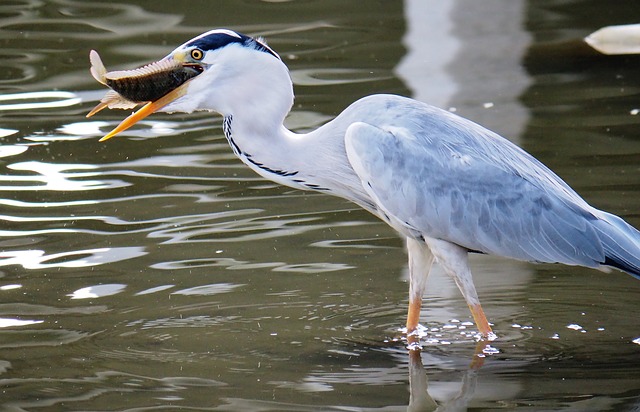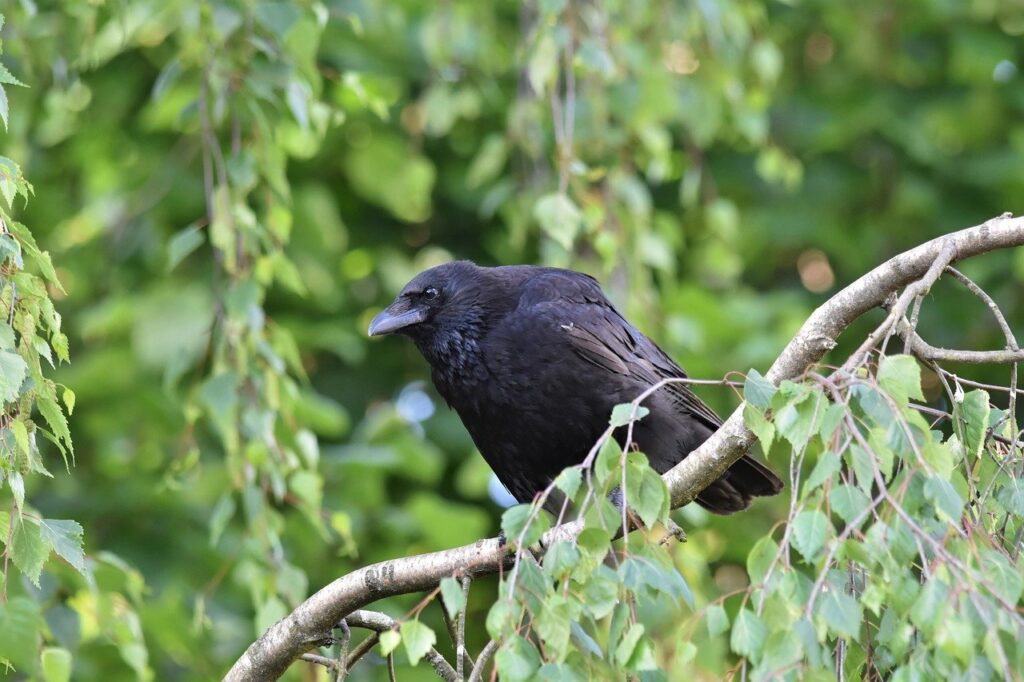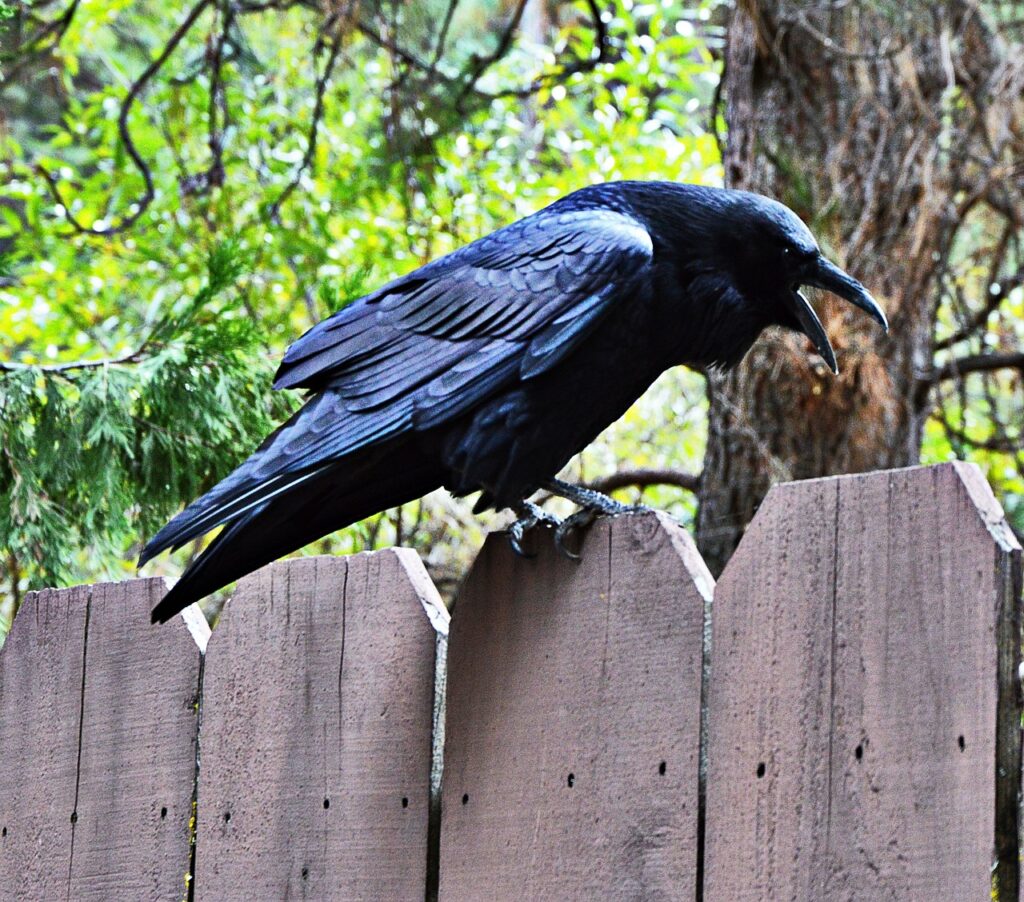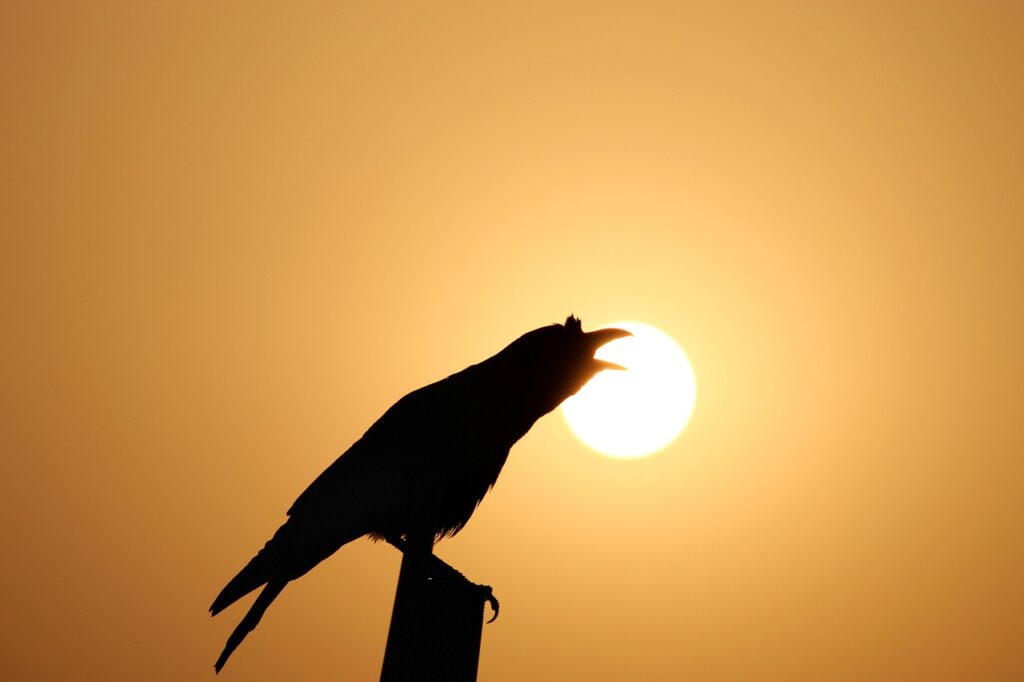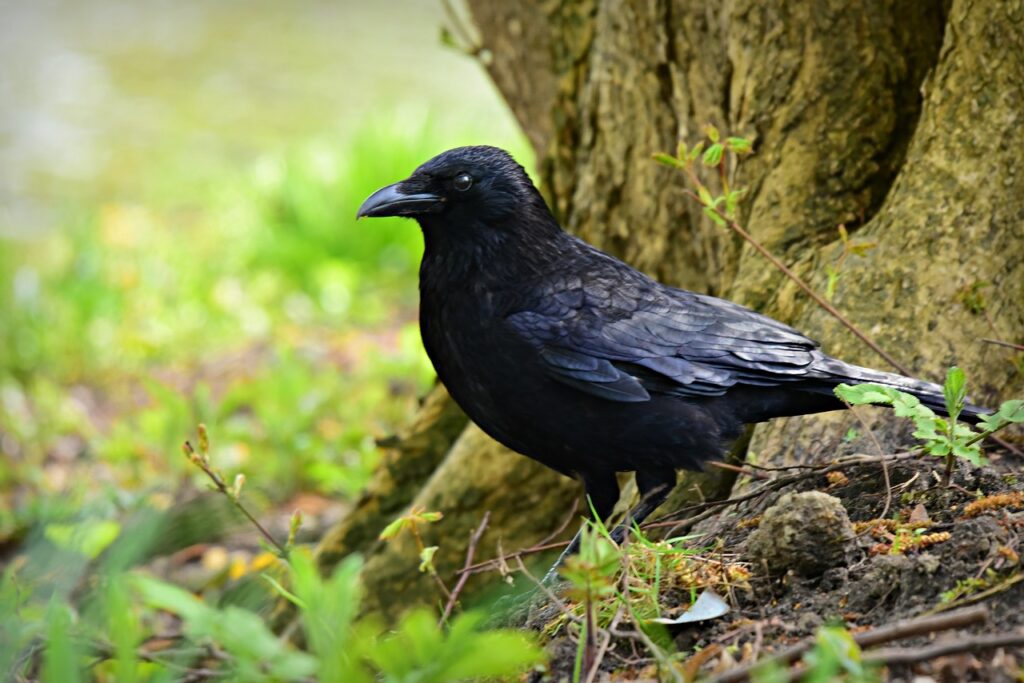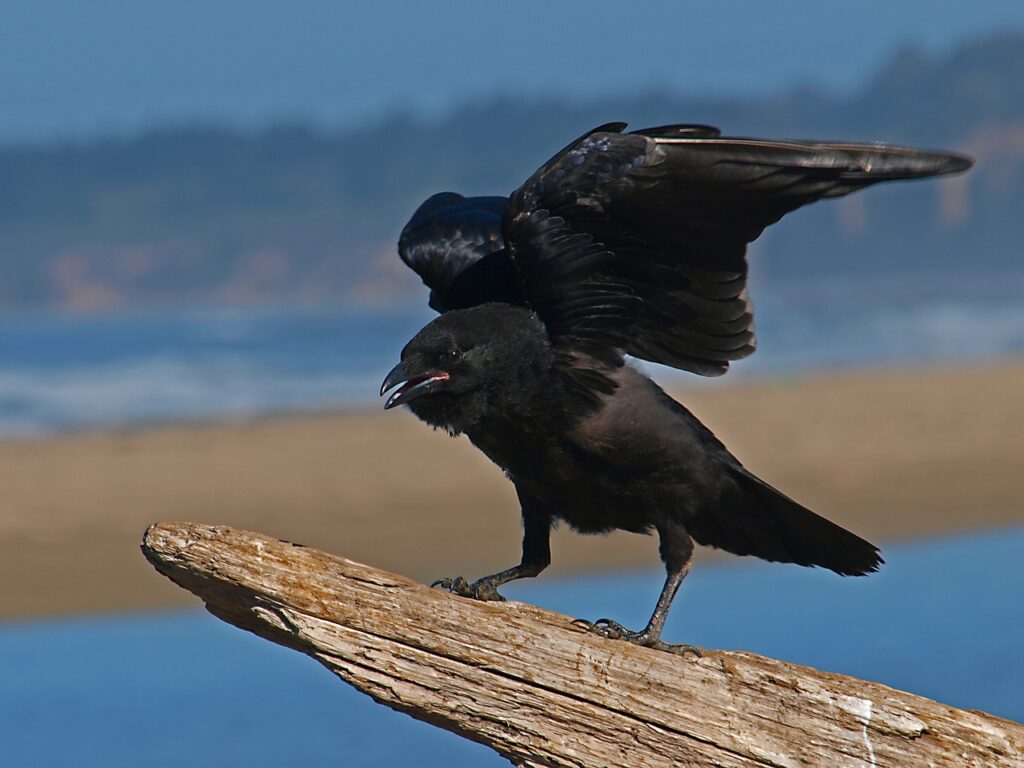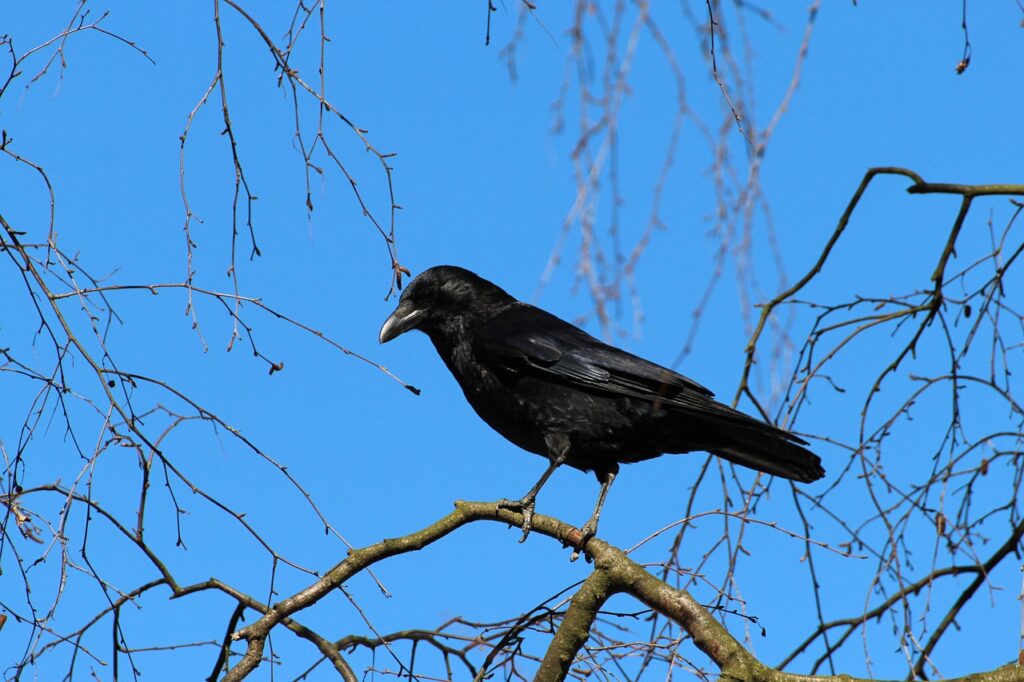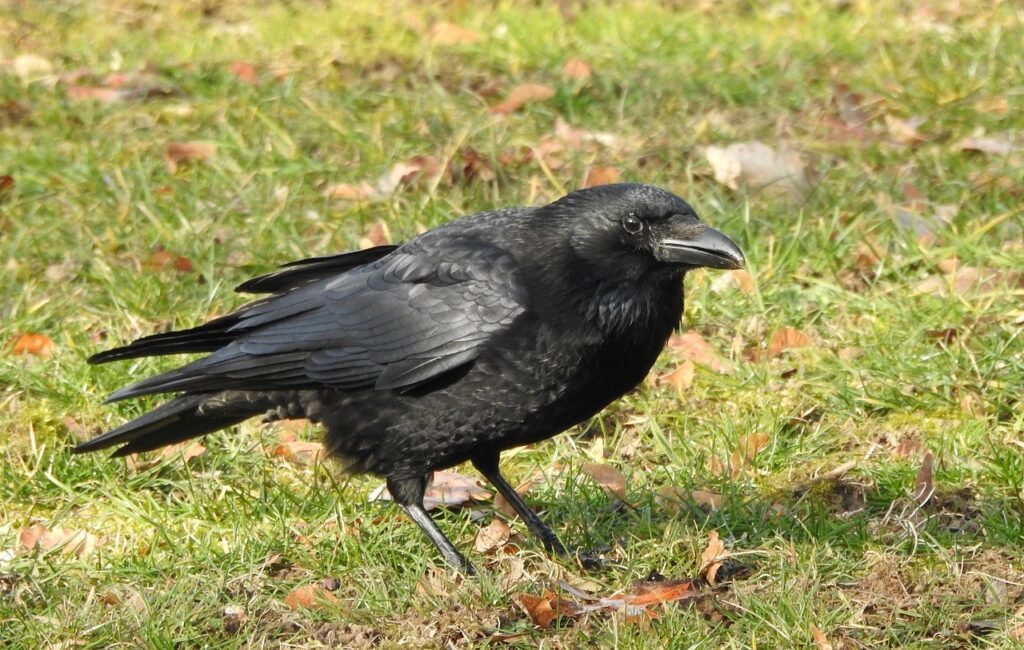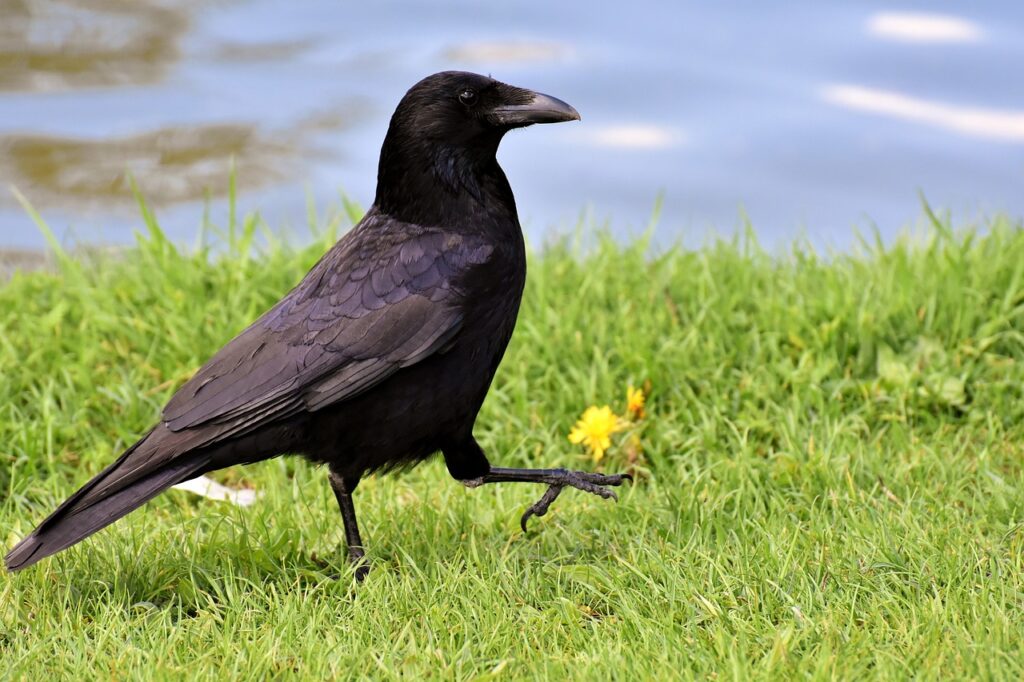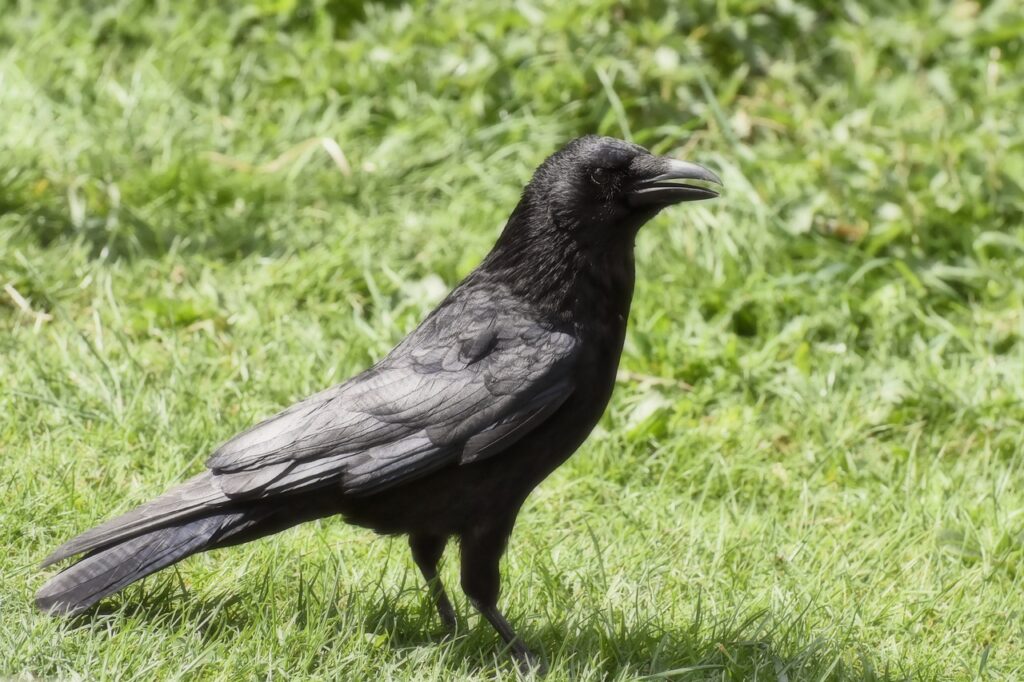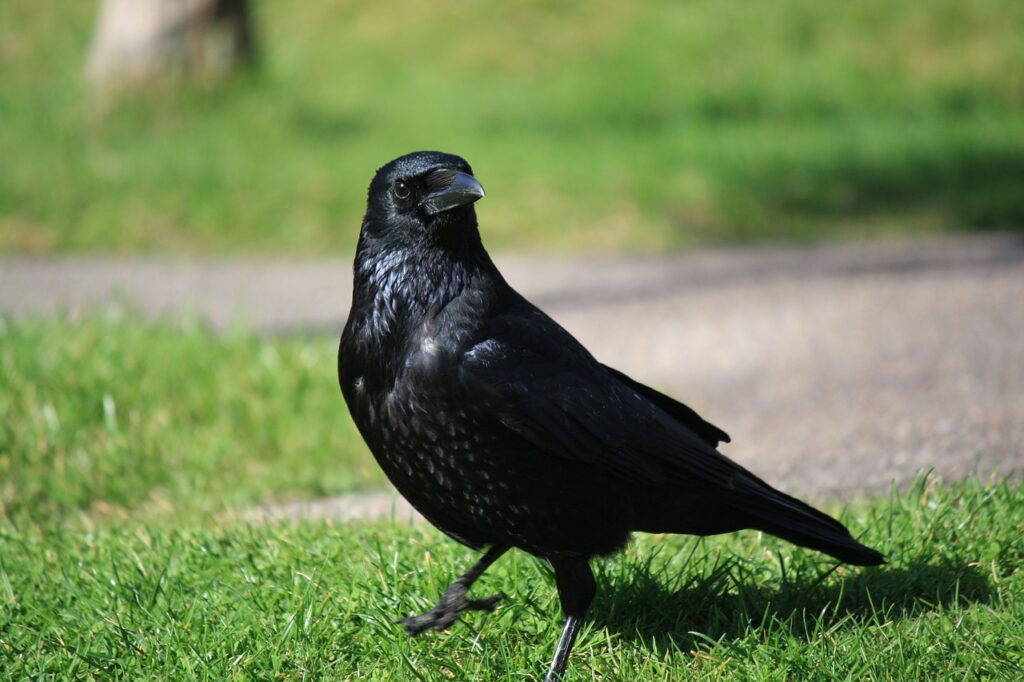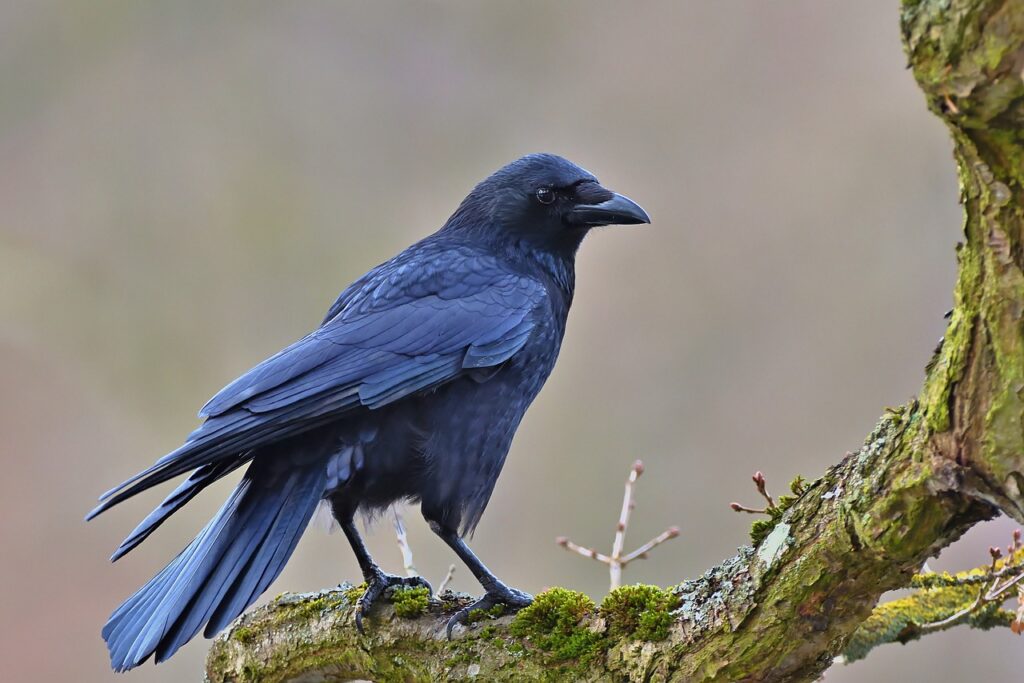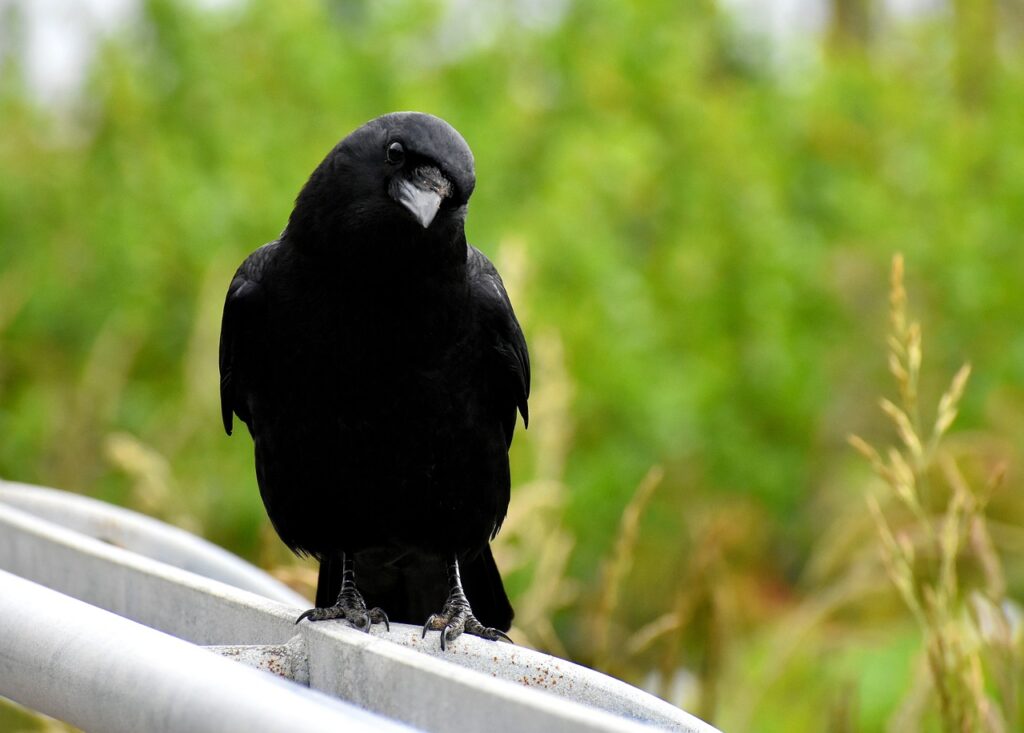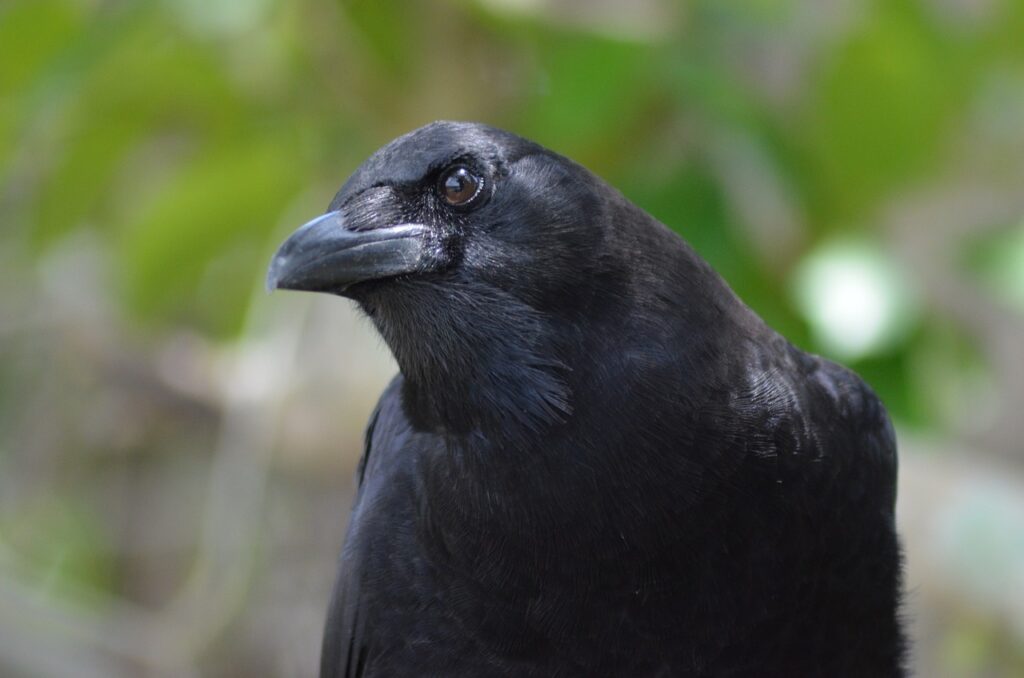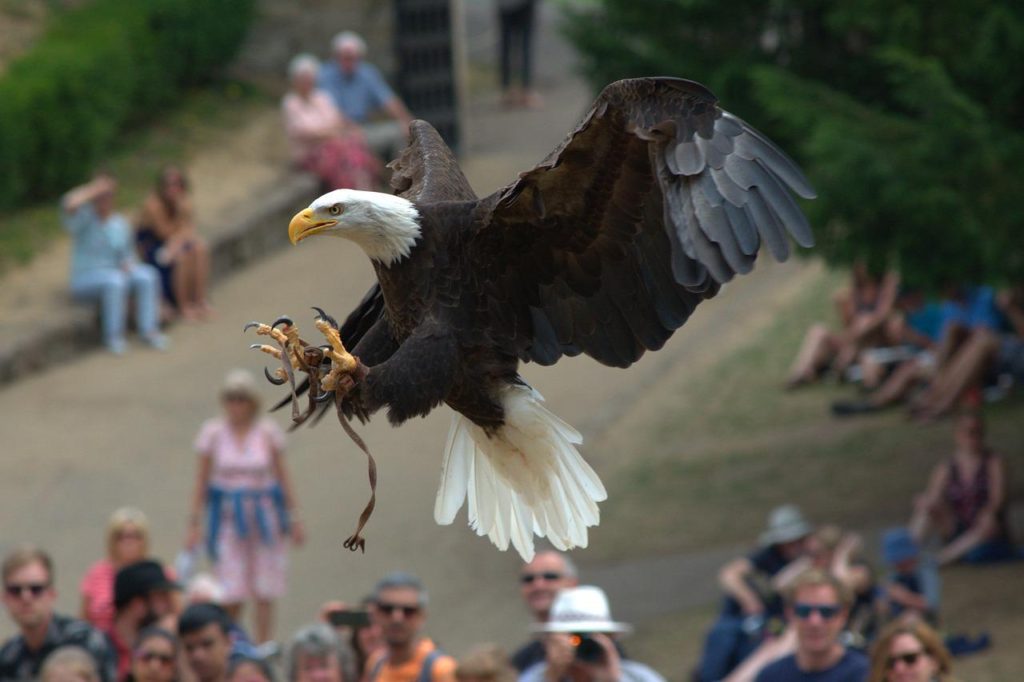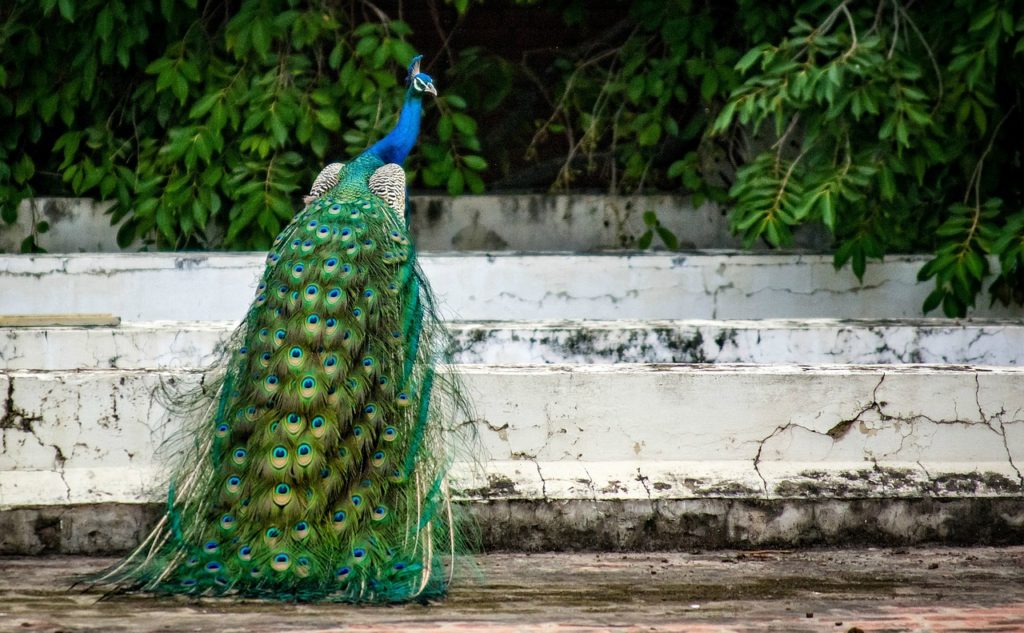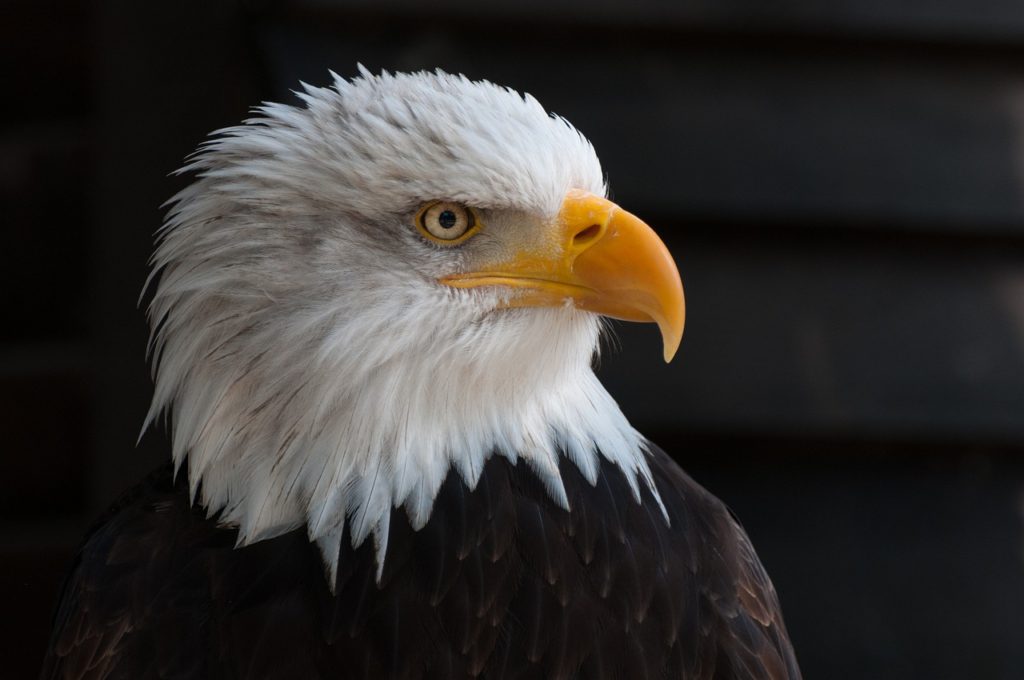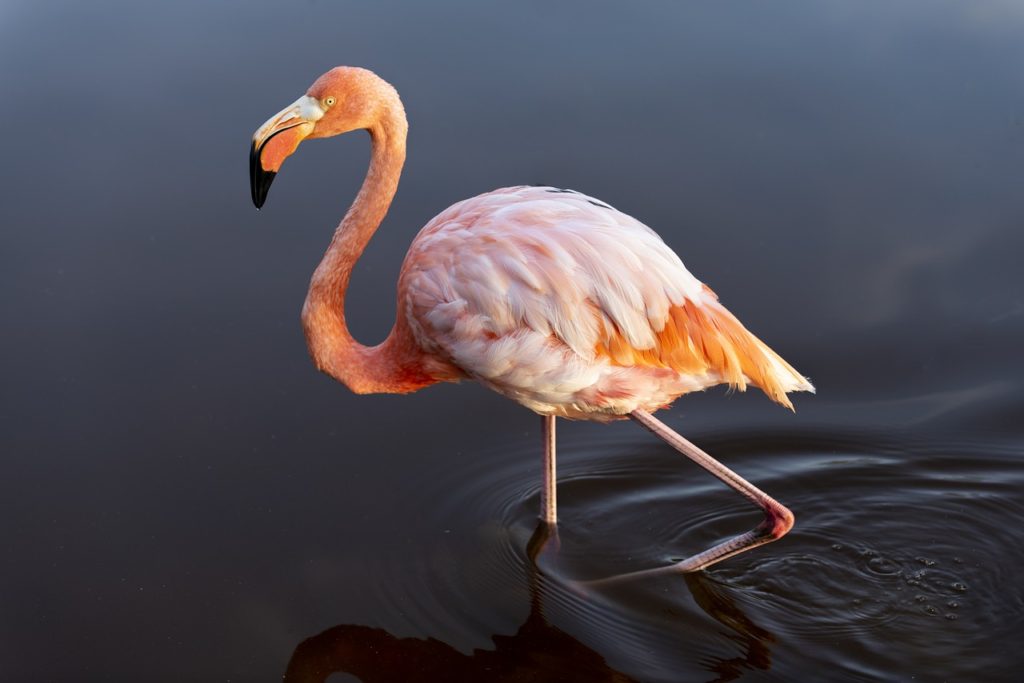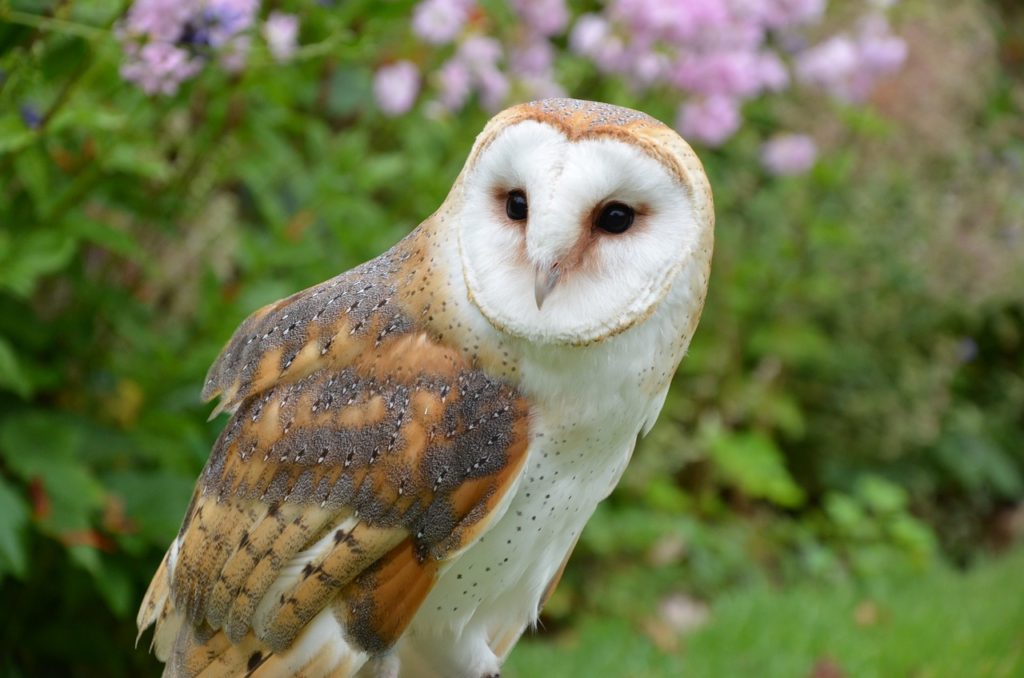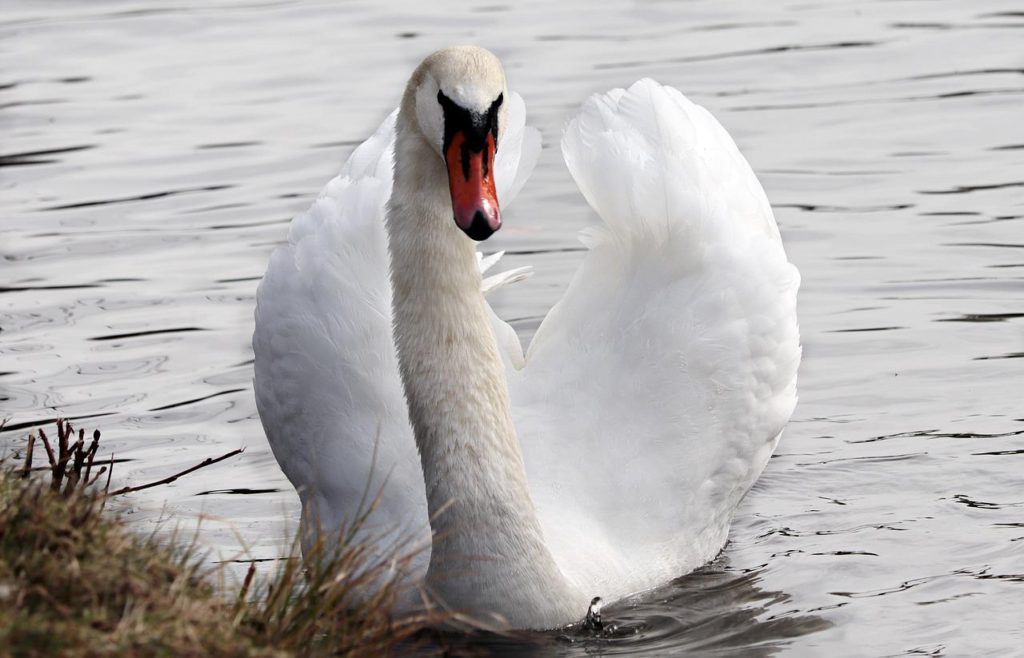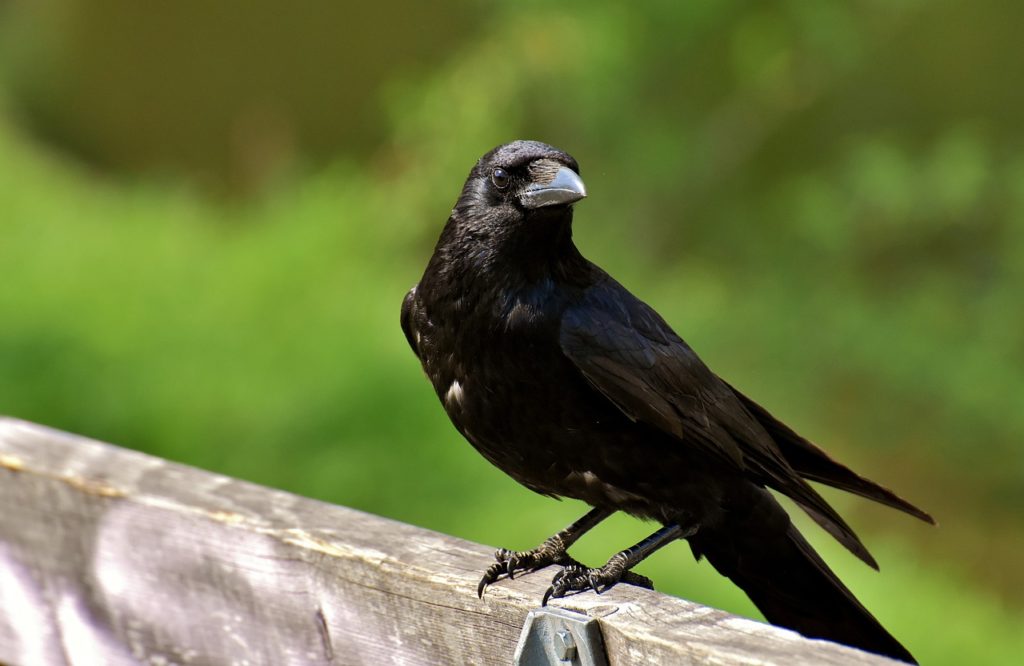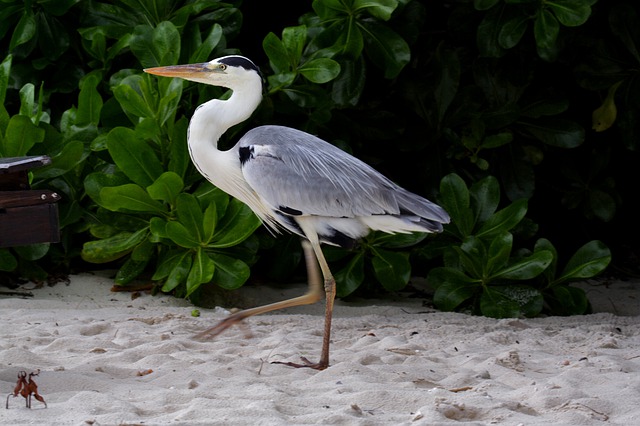
Few species of birds are as tall, elegant, and attractive as the great blue heron. So we’ve compiled some of the best great blue heron pictures for you to admire and help you to learn more about this amazing bird!
Great Blue Heron Head
The head of the great blue heron is quite unique. It has a long dagger-like beak that is used to catch fish and other prey. The beak, while typically yellow transforms temporarily to orange at the beginning of heron mating season. The face is almost all white with a set of distinct blue or slate-colored plumes (one on each side) that start above the eyes and end at the back of the head.
Juvenile Great Blue Heron
Although they may be both large and tall young herons look quite different from adults in terms of color. They can best be described as bluish-gray often with brown feathers around the body. Juveniles also typically have a dullish black or gray crown and no plumes. Their neck usually has dark streaks, the beak is a dark-hued yellowish gray, and they have a pale belly.
Great Blue Heron In Flight
While in some areas seeing a heron in flight is a common occurrence it can be difficult to tell them apart from similar-looking birds in the air. While they are large with wide wingspans and long legs so are several other birds that look like herons. A simple way to distinguish them from birds like storks and cranes is that while they fly with their necks extended, herons always fly with their S-shaped neck pulled back.
Great Blue Heron Wingspan
As you might be able to guess just from looking at one of these tall birds, they have a very large wingspan. In fact, the wingspan of an adult can reach six and a half feet wide. It’s not the largest wingspan in the world, that title is shared by both the Andean condor and marabou stork. However, if you take into consideration that the average height of a man is under six feet tall it puts it into perspective.
Great Blue Heron Eating
The great blue heron is an opportunistic predator. While their diet consists mainly of fish, herons eat a wide range of prey. This includes everything from snakes, rats, and frogs to ducklings and even occasionally adult ducks. Herons swallow their prey whole so they typically position it so that it will go down their throat head-first. This helps to prevent injury from things like spines and claws.
White Phase Great Blue Heron
There is actually an all-white color phase great blue heron. It is not considered a sub-species but instead a color morph. Known as the great white heron, it has a slightly larger build, yellow beak, and all-white plumage. A key to identifying it from other all-white birds that look similar are its dull yellow legs. The great white heron has a much more limited range than the standard-colored great blue heron.
The Elegant Heron
The heron is considered to have a very elegant appearance. Its long legs, curved neck, and striking colors are all part of its visual appeal. And don’t forget the distinct plume on its head. Because of its looks, it’s often the subject of nature photos like with the great blue heron pictures in this article but also in works of fine art. Heron statues are commonly used to portray the natural beauty of this bird in outdoor spaces as well.
Great Blue Heron Habitat
A wide-ranging species, the great blue heron can be found in both fresh and saltwater habitats. Streams, rivers, creeks, swamps, lakes, and ponds are all suitable places for herons to find food. But so are saltwater marshes, shorelines, and even open fields and grasslands. Typically herons will nest within several miles of these feeding areas.
Great Blue Heron In Pond
The great blue heron’s diet consists mainly of fish. This can often cause problems for pond owners. When a heron sees slow and brightly colored fish in a backyard or garden pond it takes it as an opportunity for an easy meal.
And for a master predator like the heron, it is. For this reason, pond owners will often use a decoy, netting, or other heron deterrents to help keep hungry birds away from expensive ornamental fish that could end up as sushi.
Great Blue Heron Nest Building
Herons normally build their nests in trees. They do this in large nesting colonies that often have several hundred other birds. Nest construction can take several days to several weeks. While the male collects and brings large sticks to the nesting site, the female builds the actual nest. When the nest and breeding are complete the female will lay two six pale blue eggs.
Cautious Great Blue Heron
The great blue heron is a cautious bird. It prefers to land in spaces where there is a clear field of view so that it can see any potential predators at a distance. In fact, it will often land somewhere nearby first like in a tall tree so that it can observe the entire area from above.
Because other birds know the heron is so wary, hunters will often use a heron decoy when duck hunting to help give nervous ducks the confidence to land.
Great Blue Heron Hunting
The great blue heron has several methods for hunting its prey. One of the most common is wading through shallow water carefully scanning for fish or small animals. Another method is standing completely still and waiting for prey to come within striking distance.
While the great blue heron sometimes grabs the prey with its beak it also uses its beak to impale prey items as well. Although it does hunt at other times it usually hunts for food around dawn and dusk.
Start Shopping for Birding Supplies!
Crow Symbolism: Everything You Need To Know
Ever wondered why the crow has captured the imagination of so many cultures throughout history? Let's embark on a fascinating journey through the world of crow symbolism, unraveling its mysteries and discovering its significance across various cultures, religions, and...
Creepy Facts About Crows
Crows are highly intelligent birds that have thrived alongside us humans. However, while they are fascinating creatures, at the same time, there are many things about them that many people find quite unsettling. That being said here as some of the most creepy facts...
Why Are Crows So Loud?
As anyone who has heard their loud "caws," can tell you, crows are very noisy birds. In fact, they are considered one of the loudest of all bird species. But why are crows so loud? Read on to find out. The Importance Of Vocalizations Crows use vocalizations to pass on...
Do Crows Remember Faces?
Crows are known for their intelligence. But do crows remember faces? You bet they do! Here's what you'll want to know. Crow Intelligence Crows are brilliant birds. In fact, their level of intelligence is often compared to that of primates. They are so smart that they...
Why Are Crows Black?
American crows are birds with all-black plumage. But why are crows black? Well, there are several reasons. Read on to find out. Bird Color Basics Birds are some of the most colorful creatures on the planet. And they come in an amazing range of colors from white to...
Are All Crows Black?
When it comes to crows, most people are familiar with the image of a sleek-looking solid black bird. But are all crows black? No, they aren't. Here's what you'll want to know. The American Crow Is Not All Crows The American crow is found throughout most of North...
How Long Do Crows Live?
How long do crows live? That's one of the many questions people ask about these familiar all-black birds. Here's what you'll want to know about the lifespan of crows and what affects it. How Long Do Crows Live In The Wild? In the wild American crows have a lifespan of...
Enemies Of Crows
Crows are a common sight in many parts of the world. However, most of us don't realize that these distinctive jet-black birds face a range of threats even when they are in our own backyards. The following are the main enemies of crows. Natural Predators of Crows One...
Predators of Crows
In many places, crows are such a common sight that it can be easy to forget that they actually have many predators. And being "on the menu," for a range of other animals is actually why these birds are so wary. That being said, here is everything you'll want to know...
Are Crows Territorial?
Are crows territorial? The answer is yes. However, just how territorial they are can depend on several factors. Here’s what you’ll need to know. Territoriality In Birds Territoriality is the behavioral trait of defending and maintaining a specific area territory...
What Eats Crows?
Crows are large and highly intelligent birds that eat a wide variety of foods including many other animals. So, what eats crows? Here are the most common crow predators and what you’ll want to know about them. Birds Of Prey The birds of prey are a group of predatory...
Are Crows Friendly?
Crows are commonly seen, and heard, in close proximity to us in our towns and cities. But are crows friendly? The answer may surprise you. Crows Are Highly Social Birds Crows are social birds that live in family groups. And they are well known for forming close bonds...
Do Crows Mate For Life?
Do crows mate for life? Yes, they do. And this behavior is highly advantageous to them. Here's what you'll want to know. How Do Crows Attract A Mate? Crows are social birds; most of the year, they live in small family groups. During the breeding season, however,...
Birds With Talons
All birds have claws. However, only a few types have the scary-looking and dagger-sharp claws called, “talons”. So here are the birds with talons and what you’ll want to know about each of them. What Are Talons? Talons are the claws of a group of predatory birds known...
Birds With Tails
Just like birds themselves, birds’ tails come in a wide range of shapes and sizes. And some tails of course are more interesting and remarkable than others. The following are birds with tails that never fail to impress! Long-Tailed Tit The long-tailed tit, also known...
Birds With White Heads
There's no doubt about it, birds with white heads really stand out. From small to large they are quite a unique bunch. So here are some of the most fascinating white-headed birds and what you'll want to know about them White-Headed Vulture The white-headed vulture is...
Birds That Look Like Flamingos
Flamingos are wading birds with long necks and legs. These social birds live in groups and have strongly hooked downward-facing beaks which they use to feed on shrimp and other small water creatures. And they are famous for their stunning pink color. With such a...
How To Attract Owls To Your Yard
Owls are nocturnal birds of prey that can be extremely helpful when it comes to controlling rodent populations in a natural way. That is of course if you can attract them to your property by creating an owl-friendly habitat. So keep reading to find out how to attract...
Why Would A Swan Be Alone?
It's widely known that swans are incredibly social and romantic creatures, so it can be disconcerting when you encounter a solitary swan. However, there are several reasons why this might be. So why would a swan be alone? Here's what you'll want to know. But first,...
How To Attract Crows To Your Yard
Crows aren’t always pests as many people believe. In fact, these super smart birds can actually help to rid your property of many common backyard and garden pests themselves. So here’s your step-by-step guide on how to attract crows to your yard! Step 1. Create A...




